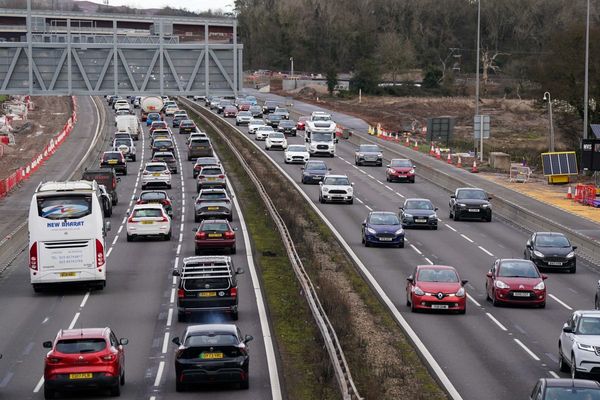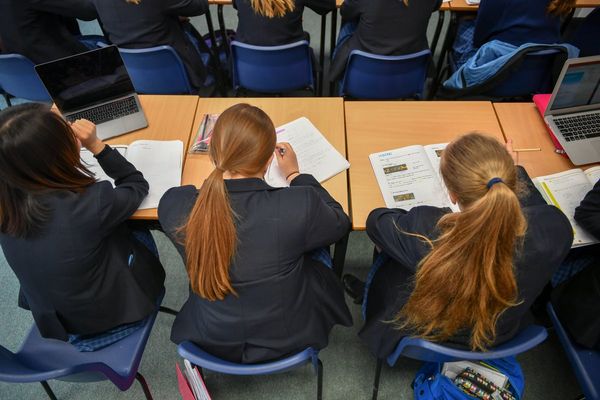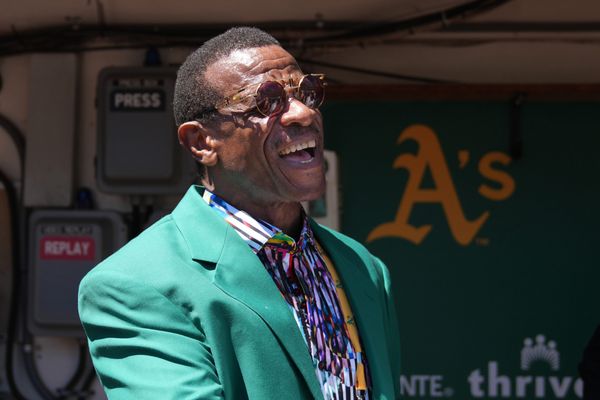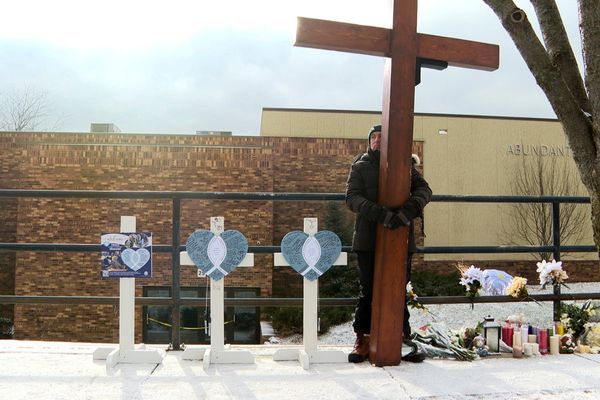
Nearly six years after the #MeToo movement arrived in Australia, and more than a decade after the launch of the first national plan to reduce violence against women, those who witnessed the scenes in Parliament last week — and read the media coverage that spurred it — could be forgiven for wondering what, if anything, will ever really change.
I suspect those despairing, like me, also reflected on the recent release of the second national community attitudes survey, which demonstrated that myths about sexual assault and domestic violence are still rife — and the backlash against justice for women is in full swing.
The survey found that a significant number of Australians hold views that mistrust women, objectify them, disregard consent, minimise violence and victim-blame. For example, one in five believe that women who say they were raped had “led the man on and then had regrets”. And when it was released in March, the researchers warned more needed to be done to address myths and the so-called “backlash” they engendered.
Yet here we are, just four months later, and those harmful myths were on full display.
I could write volumes about what that survey tells us about our efforts to prevent violence against women, but for now I’ll focus on the media and the role it has played in enabling violence against women and fuelling that backlash.
What we saw last week was shameful. There was The Australian’s decision to draw upon (I would argue selectively) Brittany Higgins’ leaked text messages. Higgins alleged in 2021 that she was raped in Parliament House. The alleged perpetrator, Bruce Lehrmann — who has always maintained his innocence — was not convicted. The first trial collapsed due to juror misconduct and the second was abandoned due to concerns for Higgins’ mental health. Those texts were never tendered as evidence — and should never have seen the light of day.
There were reports over the weekend in The Australian, in one of which a victim-survivor claimed to represent all victim-survivors’ experiences of the criminal justice system. The author claimed, categorically, that the criminal justice system works for women and a victim’s willingness to cooperate with police is the “foremost predictor of conviction”. That is simply not true. A second article questioned victim-survivors’ credibility in sexual assault trials by drawing on stereotypes about mental illness.
And as readers of Crikey will be well aware, The Australian was not the only offender. To suggest otherwise — and that only those working at News Corp need to reflect — would serve to minimise the scale of the problem.
In a sub-genre I like to call “Men Explain Things to Me” (thanks, Rebecca Solnit), there was no shortage of men pontificating about sexual violence. We had Ray Hadley on 2GB saying the quiet part out loud, the very definition of the trope of “the perfect victim”, when he suggested that Senator Lidia Thorpe’s allegation that Senator David Van had sexually harassed and assaulted her (allegations he denies) should be taken seriously because they were backed by former Liberal Senator Amanda Stoker. She was, said Hadley, “a quality woman”.
And there was Crikey’s very own Guy Rundle, who made a particularly unique contribution to the “what was she wearing” genre when he wondered what Higgins had spent her settlement money on, including designer shoes. No, Rundle, you are not “entitled” to know the details of Higgins’ confidential settlement just because you are a taxpayer; nor are you entitled to muse about what she spent the money on. “Entitled”, indeed.
My frustration with media representations of violence against women, and the extent to which the media can either be part of the solution by tackling the attitudes and beliefs that give rise to violence or part of the problem by reinforcing those beliefs via harmful myths and stereotypes, is not theoretical. I have skin in this game.
For my sins, when I first arrived in Australia a decade ago I took a job with Our Watch, the national foundation to prevent violence against women, as the inaugural national media engagement manager.
At the time, in the days after the launch of the first national plan, and in the year the murder of Rosie Batty’s son Luke shocked the nation out of a sense of complacency, media representations of violence were very much on the national agenda. According to the first national plan, the media had been identified in state and national policy documents as “a priority area for action on preventing violence against women”.
As a result, Our Watch was funded to do several things, including establish the national Our Watch awards for exemplary reporting of violence against women, commission world-leading research into media representations of violence against women, and develop reporting guidelines.
A decade later, traces of that work are hard to find — and momentum seems to have been lost. It was deeply ironic that last week the significantly scaled-back Our Watch award for reporting on violence against women (it used to be a standalone event, now it’s a single award at the Walkley Awards’ midyear celebration) was handed out at the same time the Australian media was plumbing new depths in its reporting of the issues.
It has been disappointing that Our Watch has had nothing to say about recent events. Meanwhile, the Canberra Rape Crisis Centre issued a powerful open letter to the media excoriating them for being part of the problem, and Full Stop Australia “urged caution” after recent media reports “misrepresented the reality of victim-survivors of sexual violence”.
Where is the leadership from Australia’s primary prevention body once tasked with the job of tackling media representations of violence against women as part of its broader “prevention” work?
“When the media program started [at Our Watch] I had a lot of hope,” journalist and advocate Jane Gilmore says. Gilmore was at the vanguard of that movement to tackle media representations of violence against women a decade ago. She established the “Fixed It” campaign in 2014 and — five years later — published a book of the same name about everything she had learnt about men’s violence, women’s (mis)representation and the media.
“But I haven’t given up hope,” she says. “And a whole lot of people haven’t given up yet. That’s what makes me get out of bed in the morning and keep going.”
Our Watch has been contacted for a response.
If you or someone you know is affected by sexual assault or violence, call 1800RESPECT on 1800 737 732 or visit 1800RESPECT.org.au. In an emergency, call 000.







